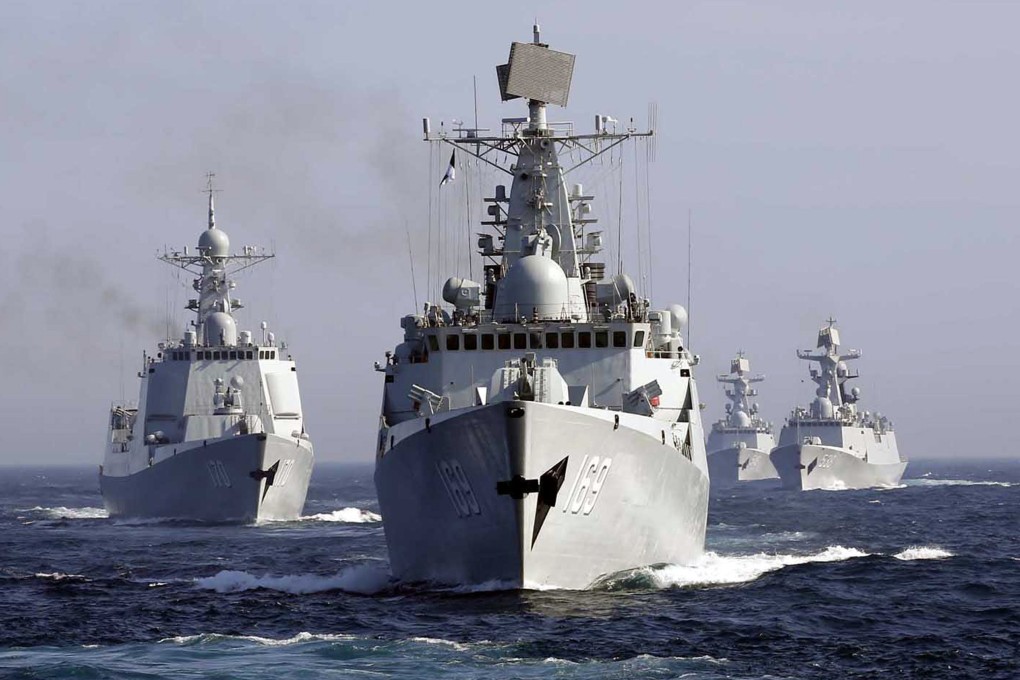Security anxieties are boosting Asia's defence industry
Eufracia Taylor says as regulations and military requirements change, regional countries are not just buying more arms, but also selling more

Asia's drive for military modernisation presents lucrative opportunities for both foreign and local defence companies. Maritime territorial disputes are fuelling demand for naval and air capabilities in Asia, while rapid economic growth has facilitated the expansion of defence budgets.
The International Institute for Strategic Studies estimates that defence spending in Asia has risen by more than 27 per cent since 2010, to US$344.2 billion last year, while around a third of global re al defence spending rises came from the region. Major representatives of the global defence industry are not the only ones being drawn in; local players, confined largely to their home markets in the past, are eager to take part. This trend is perhaps most evident in Japan. Following the relaxation of defence export laws in April last year, Tokyo hosted its first military trade fair in May.
Nevertheless, even established foreign defence giants are being challenged by changing regulations and military requirements across the region, which have reinforced the importance of adapting strategies and product offerings to meet Asia's diverse requirements.
Reduced defence spending in the US and Europe has supported the shift in focus for Western defence suppliers towards Asia. The US has traditionally enjoyed lucrative defence ties with allies Japan and South Korea, but it is beginning to face growing competition from its European counterparts, especially France, Germany and the UK. Western and South Korean defence companies are also beginning to hone in on emerging Asian markets, looking to take advantage of the growing financial strength of Southeast Asia.
The modernisation of the Indonesian Air Force has spurred the interest of the US, South Korea, Sweden and Spain - all of which are competing with Russia, which has traditionally enjoyed a strong customer base in Asia. However, local content provisions in Indonesia's defence industry laws - designed to boost local industry - have prompted some European companies to offer 100 per cent technology transfers and South Korean firms to pursue local partnerships. This has been somewhat to the detriment of US competitors, which are subject to more stringent regulations regarding technology sharing.
Beyond Indonesia, the bid to boost domestic defence industries is evident across the region. Nevertheless, France's success in securing a US$7.5 billion fighter jet deal with India in April, moving from local manufacturing in India to a direct sale from France, highlights how countries may sacrifice local content to quickly meet gaps in military capabilities.